Understanding Sugar Addiction
Sugar addiction is a topic that has gained significant attention in recent years. Many individuals find themselves trapped in a cycle of craving and consuming sugary foods and beverages, leading to negative effects on their health and well-being. In this section, we will explore what sugar addiction is, the impact of sugar on the body, and why it is important to break the sugar addiction.

What is Sugar Addiction?
Sugar addiction refers to the compulsive and excessive consumption of sugar, despite negative consequences. It is characterized by a strong craving for sugary foods and drinks, difficulty controlling intake, and experiencing withdrawal symptoms when attempting to cut back on sugar. This addiction can disrupt normal eating patterns and contribute to a range of health issues.
The Impact of Sugar on the Body
Excessive sugar consumption can have various detrimental effects on the body. When we consume sugar, our body rapidly breaks it down into glucose, leading to a spike in blood sugar levels. Over time, this can contribute to insulin resistance, weight gain, and an increased risk of chronic diseases like type 2 diabetes, heart disease, and certain cancers.
Moreover, sugar has empty calories, meaning it provides little to no nutritional value. Excessive sugar intake can lead to nutrient deficiencies, as individuals may prioritize sugary foods over nutrient-dense options. Additionally, sugar can negatively affect oral health, contributing to tooth decay and cavities.
Why Break the Sugar Addiction?
Breaking the sugar addiction is essential for improving overall health and well-being. By reducing sugar intake and overcoming the addiction, individuals can experience a range of benefits. These include:
- Weight management: Excessive sugar consumption can contribute to weight gain. Breaking the addiction and reducing sugar intake can support weight management efforts and promote a healthier body composition.
- Improved energy levels: Sugar can provide a temporary energy boost, but it is often followed by a crash. By reducing sugar intake, individuals can experience more stable energy levels throughout the day.
- Reduced risk of chronic diseases: Excessive sugar intake has been linked to an increased risk of chronic diseases. By breaking the addiction, individuals can lower their risk of conditions like type 2 diabetes, heart disease, and certain cancers.
- Better dental health: Sugar is a major contributor to tooth decay and cavities. By reducing sugar intake, individuals can improve their dental health and reduce the risk of oral issues.
- Balanced mood and mental well-being: Sugar can have a negative impact on mood and contribute to mood swings. By breaking the sugar addiction, individuals may experience improved mood stability and overall mental well-being.
Understanding the nature of sugar addiction, its impact on the body, and the benefits of breaking the addiction can serve as motivation for individuals looking to make positive changes in their dietary habits.
The 10-Day Sugar Detox Plan
Embarking on a 10-day sugar detox plan can help break the cycle of sugar addiction and promote healthier eating habits. This plan is designed to gradually reduce sugar consumption, find healthier alternatives, overcome cravings, and establish sustainable, long-term habits. Let's take a closer look at each day of the detox plan:
Day 1: Assessing Your Current Sugar Intake
On the first day of the sugar detox plan, it's essential to assess your current sugar intake. This involves taking stock of the foods and beverages you consume regularly and identifying the hidden sources of sugar. Reading food labels can provide valuable insights into the amount of added sugars present in packaged products. Keeping a journal or using a mobile app to track your sugar intake can also be helpful.
Day 2-3: Gradually Reducing Sugar Consumption
During days 2 and 3, the focus is on gradually reducing sugar consumption. Start by cutting back on sugary beverages such as soda, sports drinks, and sweetened coffee or tea. Instead, opt for unsweetened alternatives like water, herbal tea, or infused water. Reduce the amount of sugar added to your morning coffee or cereal, and be mindful of the sugar content in condiments and dressings. As you gradually decrease your sugar intake, your taste buds will begin to adjust.
Day 4-6: Finding Healthy Alternatives
Days 4 to 6 are dedicated to finding healthy alternatives to satisfy your sweet tooth. Instead of reaching for sugary snacks, explore natural alternatives like fresh fruits, which provide sweetness along with essential vitamins and fiber. Experiment with spices like cinnamon and nutmeg to enhance the flavor of foods without relying on added sugars. Incorporate healthy fats and protein into your meals, as they can help keep you feeling satisfied and reduce cravings.
Day 7-10: Overcoming Cravings and Building Healthy Habits
During the final stretch of the sugar detox plan, days 7 to 10, the focus shifts to overcoming cravings and building healthy habits. Be mindful of triggers that may lead to sugar cravings, such as stress or boredom, and find alternative activities to cope with these triggers. Engage in regular physical activity, which can help reduce cravings and boost mood. Practice mindful eating, savoring each bite and paying attention to hunger and fullness cues. By the end of the 10-day period, you should have a better understanding of your relationship with sugar and be on your way to healthier habits.
Taking on the 10-day sugar detox plan requires commitment and dedication. Remember to be patient with yourself and celebrate each small victory along the way. By gradually reducing sugar consumption, finding healthier alternatives, and building sustainable habits, you can break free from sugar addiction and enjoy the benefits of a balanced and healthier lifestyle.
Tips for Success
Breaking free from a sugar addiction can be challenging, but with the right strategies, you can pave the way for success. Here are three important tips to help you on your journey towards overcoming your sugar addiction.
Clearing Your Pantry and Fridge
A clutter-free environment can significantly impact your ability to stick to your sugar detox plan. Start by thoroughly examining your pantry and fridge to identify any sugary temptations. Remove processed snacks, sugary cereals, sodas, and any other items that may trigger cravings.
To make this process easier, consider creating a table to categorize and track the items you need to remove from your pantry and fridge:
Once you've cleared out the unhealthy options, restock your pantry and fridge with nutritious alternatives. Fill your shelves with fresh fruits, vegetables, whole grains, lean proteins, and healthy snack options like nuts or seeds. Having a well-stocked and organized kitchen will set you up for success during your sugar detox.
Meal Planning and Preparation
Meal planning and preparation are essential for staying on track during your sugar detox. By planning your meals in advance, you can ensure that you have healthy, sugar-free options readily available. Here are a few tips to help you with meal planning and preparation:
- Create a weekly meal plan that includes balanced meals with a variety of nutrients.
- Make a grocery list based on your meal plan and stick to it to avoid impulse purchases.
- Set aside time each week to prepare and cook your meals in advance. This will save you time and prevent last-minute unhealthy food choices.
- Consider batch cooking and freezing portions for busy days when you don't have time to cook.
By planning and preparing your meals ahead of time, you'll have a better chance of avoiding sugary temptations and sticking to your sugar detox plan.
Staying Hydrated and Nourished
Proper hydration and nourishment play a vital role in your sugar detox journey. Often, dehydration can be mistaken for hunger, leading to unnecessary snacking and cravings. Stay hydrated by drinking an adequate amount of water throughout the day. Aim for at least 8 cups (64 ounces) of water daily.
Additionally, focus on nourishing your body with nutrient-dense foods. Include a variety of fruits, vegetables, whole grains, lean proteins, and healthy fats in your meals. These foods provide essential vitamins, minerals, and fiber that can help keep you feeling satisfied and reduce cravings.
To stay on track, consider creating a table to track your daily water intake and examples of nutrient-dense foods you can incorporate into your meals:
Daily Water Intake
8 cups (64 ounces)
Nutrient-Dense Foods
- Fruits: Apples, berries, oranges
- Vegetables: Spinach, broccoli, bell peppers
- Whole Grains: Quinoa, brown rice, oats
- Lean Proteins: Chicken breast, fish, tofu
- Healthy Fats: Avocado, nuts, olive oil
By prioritizing hydration and nourishment, you'll support your body's overall well-being and make it easier to overcome your sugar addiction.
Remember, breaking a sugar addiction takes time and dedication. By clearing your pantry and fridge, planning and preparing your meals, and staying hydrated and nourished, you'll be well on your way to success. Stay committed to your goals, and celebrate each small achievement along the way.
Strategies for Long-Term Success
Breaking your sugar addiction is not just about a 10-day detox plan, but also about adopting long-term strategies to maintain a healthier relationship with sugar. Here are three key strategies that can help you achieve long-term success in reducing your sugar intake.
Mindful Eating and Portion Control
Practicing mindful eating and portion control can greatly contribute to overcoming sugar addiction. By being present and fully aware of your eating habits, you can develop a better understanding of your body's hunger and fullness cues. This allows you to make conscious choices about the foods you consume and how much sugar you consume.
One effective way to practice mindful eating is to slow down and savor each bite. Pay attention to the taste, texture, and satisfaction you derive from your meals. This can help prevent mindless snacking and overindulgence in sugary foods.
In addition, portion control plays a crucial role in managing sugar intake. Be mindful of serving sizes and aim to consume balanced meals that include a variety of nutrients. This helps to regulate blood sugar levels and reduce cravings for sugary treats.
Reading Food Labels and Identifying Hidden Sugars
Reading food labels is an essential skill when it comes to identifying hidden sugars in packaged and processed foods. Sugar can often be found in various forms, such as high-fructose corn syrup, dextrose, sucrose, and maltose. By familiarizing yourself with these terms, you can make informed choices and select foods with lower sugar content.
When reading food labels, pay attention to the "added sugars" section. The American Heart Association recommends limiting daily added sugar intake to no more than 25 grams for women and 36 grams for men. Keeping track of your sugar consumption can help you stay within these guidelines and make healthier choices.
Here's a table showing the recommended daily limits for added sugar intake:
Seeking Support and Accountability
Seeking support and accountability can significantly enhance your journey towards breaking sugar addiction. Whether it's from friends, family, or a support group, having a network of like-minded individuals can provide motivation, encouragement, and advice.
Consider joining a support group or finding a buddy who shares similar goals. This allows you to share experiences, challenges, and successes, creating a sense of camaraderie and accountability. Celebrate your achievements together and support each other during difficult times.
Additionally, professional guidance from a registered dietitian or nutritionist can provide personalized advice and strategies to help you overcome sugar addiction. They can help you create a sustainable meal plan, suggest healthy alternatives, and provide ongoing support as you navigate your sugar-free journey.
By practicing mindful eating, reading food labels, and seeking support, you can develop a long-term approach to managing your sugar intake and maintaining a healthier lifestyle. Remember, breaking sugar addiction is a journey, and these strategies can support you on your path towards better health.
Sources
https://www.thejoint.com/texas/houston/finally-break-your-sugar-habit-in-10-days
https://www.realsimple.com/health/nutrition-diet/healthy-eating/how-to-break-sugar-addiction
https://www.webmd.com/diet/features/13-ways-to-fight-sugar-cravings
https://www.thehealthy.com/nutrition/sugar-addiction
https://www.wtkr.com/addicted-to-sugar-a-10-day-detox-should-do-the-trick-experts-say


.jpg)
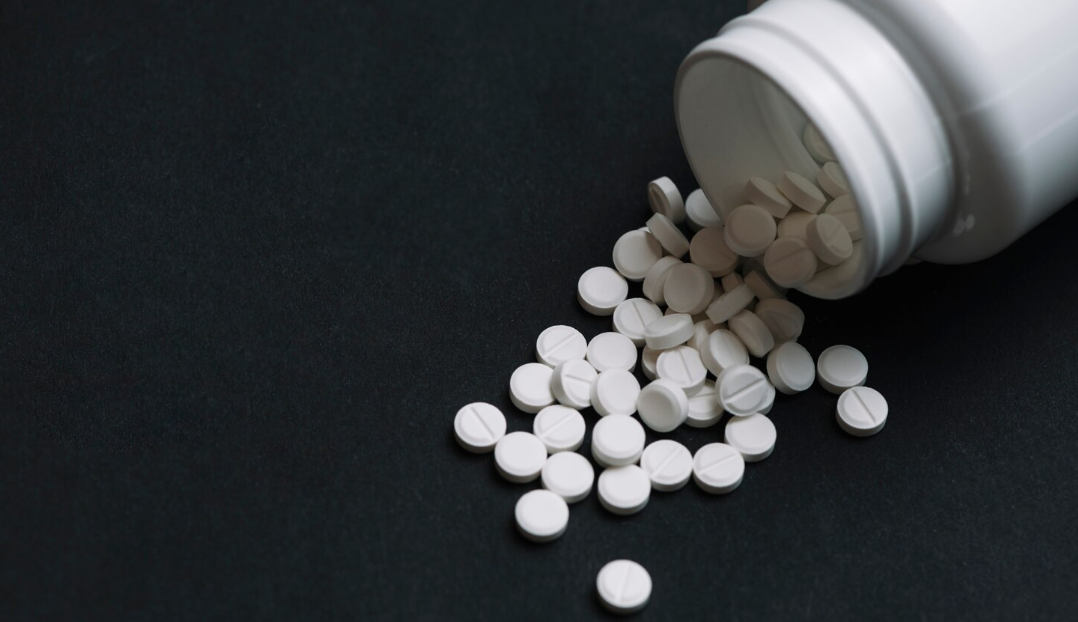
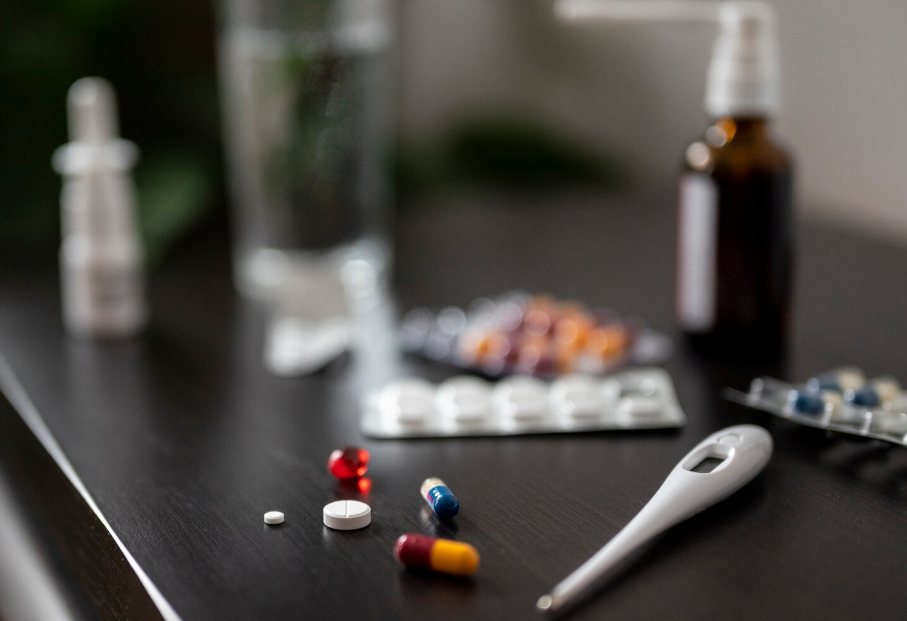
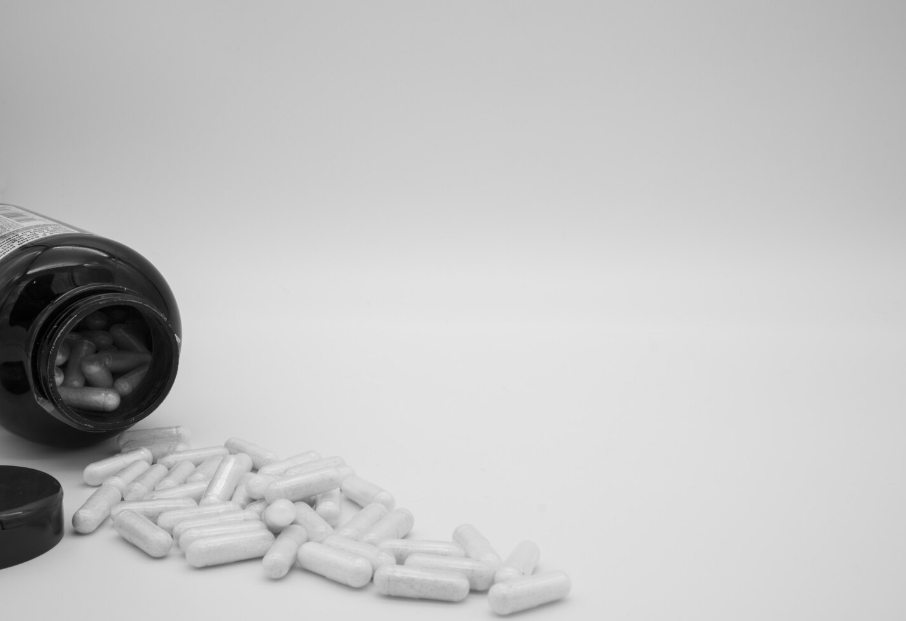
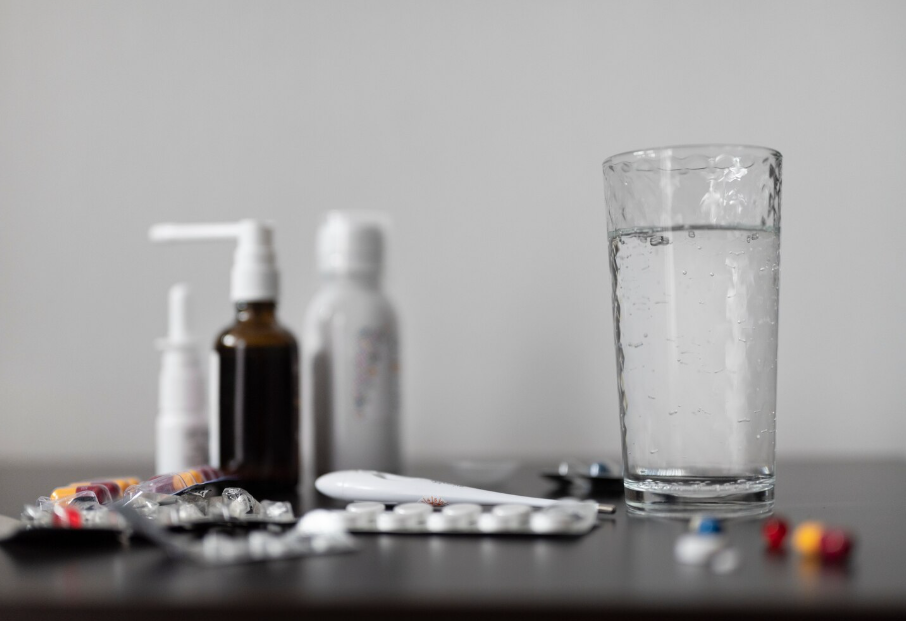
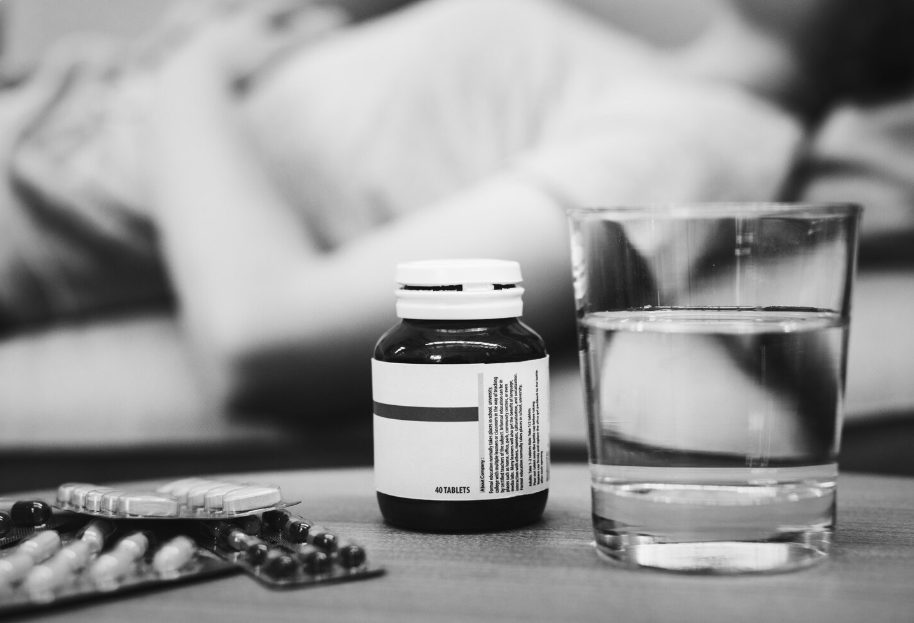
.png)
.png)
.png)
.png)